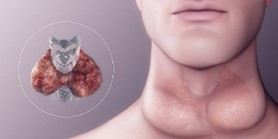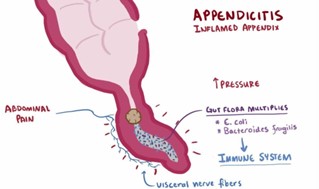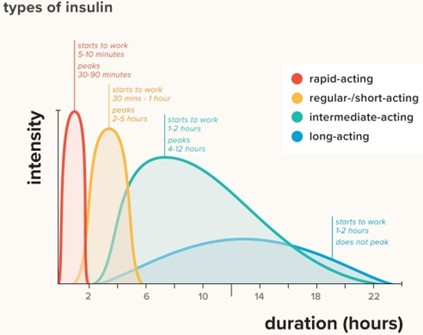What is the rational for IV fluids in a patient with a UT!?
flush bacteria from the urinary tract
Make it easier to administer IV antibiotics.
Dilute bacteria
Relief of pain and discomfort
The Correct Answer is B
IV fluids are not typically used as a treatment for UTIs (urinary tract infections) as they do not directly address the infection itself. The main reason for administering IV fluids to a patient with a UTI would be to ensure adequate hydration, especially if the patient is experiencing fever or other symptoms of dehydration. Adequate hydration can also help improve the efficacy of antibiotics in treating the infection by ensuring that the urinary system is properly functioning and able to flush out bacteria.
Therefore, option b would be the closest answer as IV fluids may be given to facilitate the administration of IV antibiotics. However, it is important to note that antibiotics are the primary treatment for UTIs, and IV fluids are usually given as a supportive measure to ensure the patient's overall well-being. Flushing bacteria from the urinary tract or diluting bacteria are not considered primary rationales for administering IV fluids in a patient with a UTI. Relief of pain and discomfort may be managed with pain medication, but this is not the primary reason for IV fluid administration.
Nursing Test Bank
Naxlex Comprehensive Predictor Exams
Related Questions
Correct Answer is D
Explanation
A decrease in the level of consciousness is a serious sign and could be an indication of worsening conditions. It is essential for the nurse to ensure that the patient's airway is open and clear, as a compromised airway can lead to hypoxia and a further decrease in consciousness. Therefore, maintaining a patent airway should be the nurse's priority action in this situation.
While monitoring blood pressure and restricting oral intake may be important interventions in certain situations, they are not the priority actions in this scenario. Administering SQ insulin may not be necessary for a patient with hypothyroidism and acute appendicitis.


Correct Answer is C
Explanation
The nurse will discuss using rapid-acting insulin such as Lispro (Humalog) for mealtime coverage in a patient with diabetes who is starting insulin therapy. Rapid-acting insulin begins to work quickly after injection, usually within 15 minutes, and peaks at around 1 hour. This makes it an effective choice for covering the rise in blood sugar that occurs after meals.
Options A, B, and D are all long-acting insulins that are used to provide a basal level of insulin coverage throughout the day but are not appropriate for mealtime coverage.

Whether you are a student looking to ace your exams or a practicing nurse seeking to enhance your expertise , our nursing education contents will empower you with the confidence and competence to make a difference in the lives of patients and become a respected leader in the healthcare field.
Visit Naxlex, invest in your future and unlock endless possibilities with our unparalleled nursing education contents today
Report Wrong Answer on the Current Question
Do you disagree with the answer? If yes, what is your expected answer? Explain.
Kindly be descriptive with the issue you are facing.
